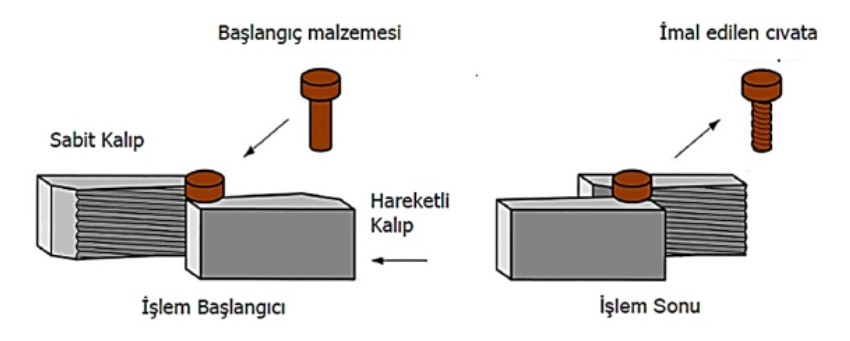Cold Forming
What is Cold Forming?
Cold forming is the most economical and precise method in which ferrous and non-ferrous metals are plastically deformed without heating by molding method in hydraulic and mechanical presses.
It is the most common system used because complex geometries can be obtained with the lowest wastage costs.
A metal needs low yield strength and high ductility to be formed. However, mold scraper systems and lubricants are important.
Advantages of Cold Forming
- High production with narrow tolerances.
- It is suitable or mass production and automation.
- It provides high strength features.
- It is suitable for obtaining quality surface.
- It facilitates the surface coating method.
- It provides savings with the lowest material waste (like 1%).
- It is environment friendly.
Disadvantages of Cold Forming
- It needs high pressure and force.
- Requires equipment that requires High strength.
- Annealing may be needed due to high hardening.
- The ductility of the material decreases after production.
- It requires high lubrication quality.
Cold Forming Methods
It has methods such as Rolling - Extrusion - Wire drawing - Forging - Hair shaping.
Micro Forming
Generally it is called the forming process of small-sized parts.
It covers products with a material diameter of 1 mm (0.04") and below in the world.
It varies depending on the material quality and production methods.
It covers products of 2.5 mm and below in our country.
Rubbing
Another manufacturing method developed by utilizing rolling technology is called "Rubbing". This method is suitable for the production of high quality bolts and screws in large numbers and quickly. In this way, scrap material losses in bolt production using rolling benches are almost negligible, the strength of the teeth increases due to hardening as the teeth are crushed and opened, and since the flow lines of the material are not cut as in machining, a much better performance is achieved, especially in terms of fatigue.

Cold Forming Molds









